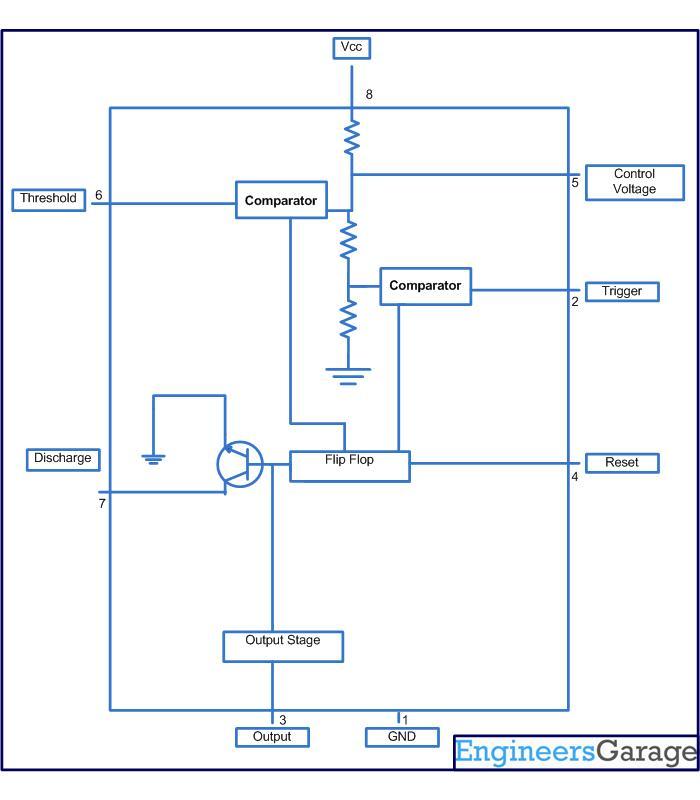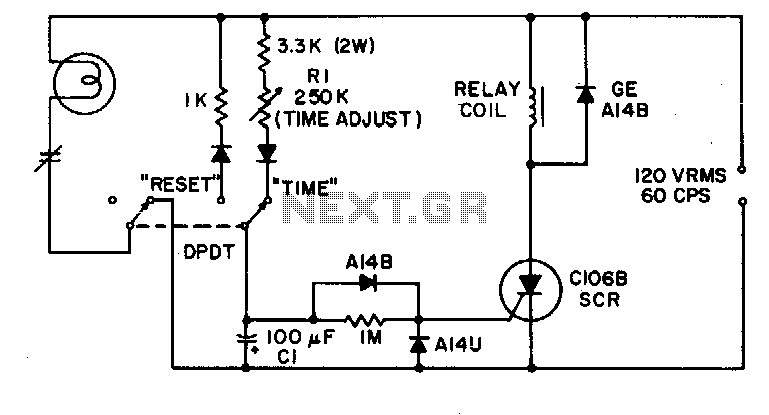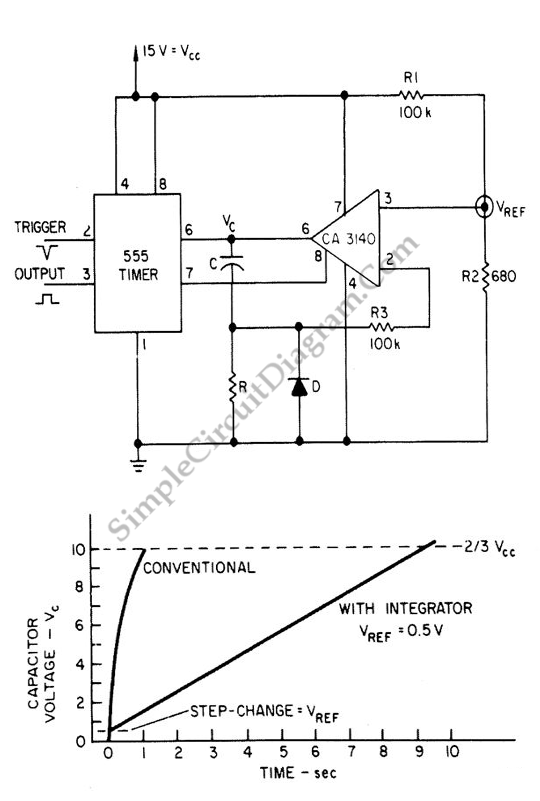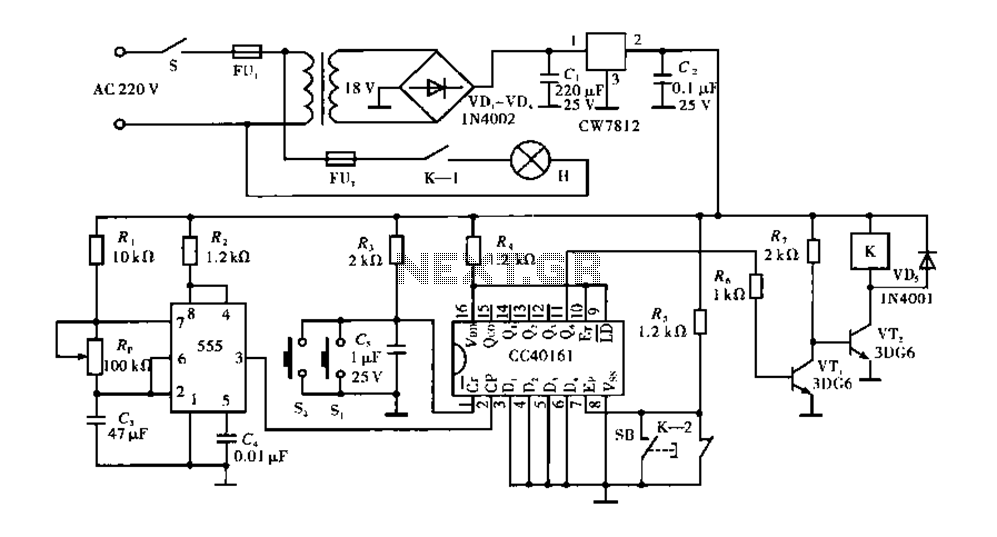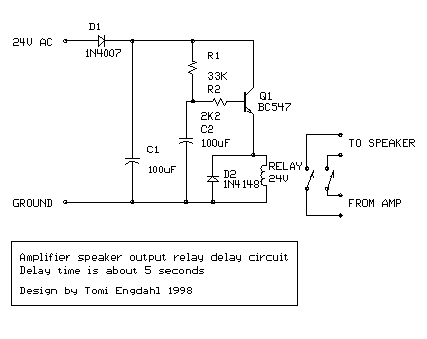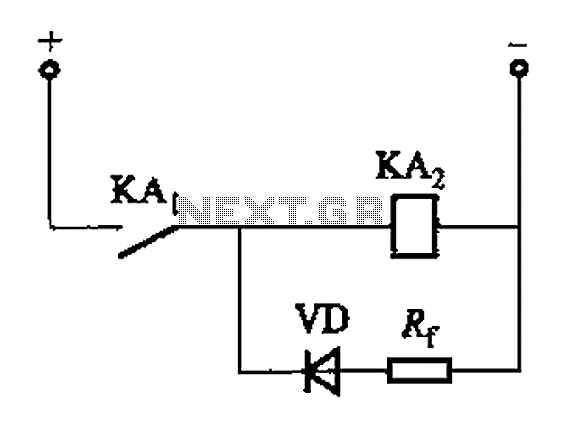
Delay Wipers
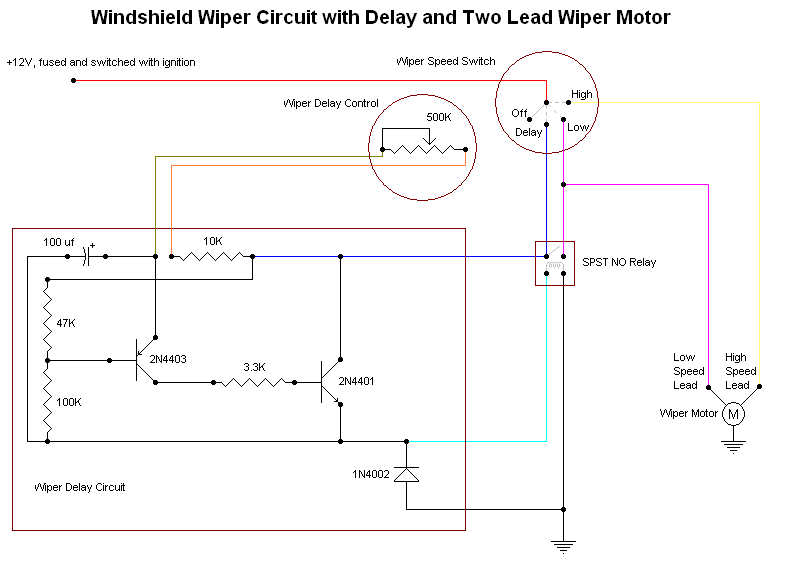
In some cases, a different wiper motor may be necessary, and rebuilt units are generally available at parts stores for a reasonable price. Once the required parts and manuals are obtained, installation of the appropriate switch, motor, and, if necessary, wiring should be straightforward. If everything is executed correctly, the components should fit as intended, allowing the wipers to function smoothly. For vehicles that did not offer delay wipers as an option in a particular year and model, it may be beneficial to seek out a later model or a similar vehicle that included delay wipers. If the models are sufficiently similar, it may be possible to assemble a functional system using factory parts. Alternatively, a related model from a more upscale or luxurious brand that shares a similar body style may have been equipped with delay wipers as an option. The components from these models should be compatible, though some searching will be required. The primary challenge lies in the switch, as it is likely to differ between vehicles. Some ingenuity may be necessary, but the fundamental process is not overly complex. For instance, a 1973 Buick did not have delay wipers as an option, but starting in 1974, they became available. The two model years are almost identical, allowing for many parts to interchange without issues, including most dashboard components. Verification of this was achieved through comparison of part numbers and application years for the non-delay wiper switch and motor, which were found to be the same. The wiper switch and motor were labeled specifically for "delay wiper only." This analysis suggests that while the wiper linkage remains unchanged, the motor, wiring, and switch differ. The delay switch can be mounted in the same location as the non-delay switch, and the wiper motor can be installed in the same manner. A few additional wires must be connected between the switch and the wiper motor. Research and examination of parts and service manuals, along with inquiries at local parts stores, indicate that the necessary components include a delay-style wiper switch, a delay-style wiper motor, and a separate wiring harness from a 1974 or 1975 full-size Buick. This implies that the delay functionality is integrated into the switch and motor, eliminating the need for a separate controller box. The switch was sourced from eBay, the wiper motor is available as a rebuilt unit at a local parts store, and the extra wiring harness can be salvaged from a junkyard or fabricated if necessary. The wiring diagram from the 1974 Buick Shop Manual illustrates the separate delay wiper harness in red. Once the three required "delay wiper only" components (motor, switch, harness) are obtained, the installation involves replacing the motor and switch with their delay counterparts and connecting the new wiring harness between them. It appears that the new harness will pass through a separate hole and grommet in the firewall, necessitating the removal of this component from the donor vehicle and marking the location for drilling a hole in the existing firewall. A similar scenario occurred with a 1975 Suburban, which did not offer delay wipers until 1978, when a minor redesign of the dashboard and wiring changes were implemented. The newer switch resembles the existing one, featuring a sliding mechanism to transition from off to low and high speeds. The key difference for the delay unit is the addition of a twist function, controlling the delay when in "delay" mode. The later switch is slightly larger at the mounting point, but it retains compatibility with the existing installation.
The wiper motor system described involves a transition from a standard wiper motor to a delay wiper motor, which requires careful selection of compatible components. The key components include the delay wiper motor, a delay wiper switch, and a wiring harness that connects the two. The installation process necessitates attention to detail, particularly in ensuring that the wiring connections are correct and that the switch is mounted securely in the dashboard. The integration of the delay feature enhances the functionality of the wiper system, providing variable speed control that is not available in standard systems. The delay wiper motor operates based on the input from the delay switch, which adjusts the timing of the wiper operation, allowing for intermittent wiping based on the driver's preferences. This upgrade not only improves the usability of the wipers but also modernizes the vehicle's features, aligning it with more contemporary standards of convenience and performance. Proper documentation, including wiring diagrams and part numbers, is essential for a successful installation, ensuring that all components work harmoniously together.You may need a different wiper motor in some cases, rebuilt units are typically available at the parts store for a reasonable cost. Once you have the parts and the manuals, it should be a simple matter of installing the right switch, motor, and (if needed) wiring.
If all goes well, things should all fit like they were meant to and the wipers should work without trauma. If your year and model did not have delay wipers as an option, start looking for a later year or different, but still very similar, model that was offered with delay wipers. If the models are close enough, you may be able to coble together a system of factory parts that will work.
Or, you may find a related model of a more upscale/luxurious car that has the same basic body style (say, a Pontiac that is similar to your Chevy) and the more upscale car did come with delay wipers as an option. The parts should be close enough to make it work - but you will have to do some hunting. Your primary problem will be the switch itself - they will likely be different between the cars. Some creativity might be needed, but the basics aren`t too hard. One example of this is that my 1973 Buick did not have delay wipers as an option, but starting in 1974, delay wipers were an available option.
The two years are nearly identical, so many parts swap without incident - including most (if not all) of the dash pieces. I was able to confirm this by comparing the part numbers and application years for the non-delay wiper switch and motor - they were the same, and the wiper switch and motor were labeled as "delay wiper only" pieces.
Based on this search of the parts numbers, I can reasonably infer that the wiper linkage is the same, only the motor, wiring, and switch are different. The delay switch mounts in the same place as the non-delay switch, the wiper motor mounts identically, and you need to connect a few new wires between the switch and the wiper motor.
Based on the hunting through parts and service manuals and some research at my local parts store, it turns out that all I need is the delay style wiper switch, delay style wiper motor, and a separate wiring harness that goes between the two from a 1974 or 1975 full-size Buick. That means the delay functionality is built into the switch and the motor - no separate controller box is used.
The switch I found on eBay, the wiper motor is available as a rebuilt unit at my local parts store, and the extra wiring harness can be found in a junkyard, or if need be, fabricated from scratch. The wiring diagram from the 1974 Buick Shop Manual is below, with the separate delay wiper harness indicated in red.
Once I collect the three "delay wiper only" pieces (motor, switch, harness) the changeover is as simple as replacing the motor and switch with the delay pieces, and hooking up the new wiring harness between them. It looks like it goes through a separate hole and grommet in the firewall, so I`ll need to grab that from the donor car and note the location where I need to drill the hole in my firewall.
A similar situation is what happened on my 1975 Suburban. Delay wipers were not available in any of the Chevy or GMC trucks until 1978, and in that year they did a slight redesign of the dash and they changed the wiring around a bit. The newer style switch is very similar to the one I have - you slide it from left to right to go from off to low and then to high speed for the wipers.
The big change for a delay unit is that you can twist the knob as well as slide it - the rotation controls the delay when in "delay" mode. The later switch is slightly larger where is mounts to the dash, but it does mount the sam 🔗 External reference
The wiper motor system described involves a transition from a standard wiper motor to a delay wiper motor, which requires careful selection of compatible components. The key components include the delay wiper motor, a delay wiper switch, and a wiring harness that connects the two. The installation process necessitates attention to detail, particularly in ensuring that the wiring connections are correct and that the switch is mounted securely in the dashboard. The integration of the delay feature enhances the functionality of the wiper system, providing variable speed control that is not available in standard systems. The delay wiper motor operates based on the input from the delay switch, which adjusts the timing of the wiper operation, allowing for intermittent wiping based on the driver's preferences. This upgrade not only improves the usability of the wipers but also modernizes the vehicle's features, aligning it with more contemporary standards of convenience and performance. Proper documentation, including wiring diagrams and part numbers, is essential for a successful installation, ensuring that all components work harmoniously together.You may need a different wiper motor in some cases, rebuilt units are typically available at the parts store for a reasonable cost. Once you have the parts and the manuals, it should be a simple matter of installing the right switch, motor, and (if needed) wiring.
If all goes well, things should all fit like they were meant to and the wipers should work without trauma. If your year and model did not have delay wipers as an option, start looking for a later year or different, but still very similar, model that was offered with delay wipers. If the models are close enough, you may be able to coble together a system of factory parts that will work.
Or, you may find a related model of a more upscale/luxurious car that has the same basic body style (say, a Pontiac that is similar to your Chevy) and the more upscale car did come with delay wipers as an option. The parts should be close enough to make it work - but you will have to do some hunting. Your primary problem will be the switch itself - they will likely be different between the cars. Some creativity might be needed, but the basics aren`t too hard. One example of this is that my 1973 Buick did not have delay wipers as an option, but starting in 1974, delay wipers were an available option.
The two years are nearly identical, so many parts swap without incident - including most (if not all) of the dash pieces. I was able to confirm this by comparing the part numbers and application years for the non-delay wiper switch and motor - they were the same, and the wiper switch and motor were labeled as "delay wiper only" pieces.
Based on this search of the parts numbers, I can reasonably infer that the wiper linkage is the same, only the motor, wiring, and switch are different. The delay switch mounts in the same place as the non-delay switch, the wiper motor mounts identically, and you need to connect a few new wires between the switch and the wiper motor.
Based on the hunting through parts and service manuals and some research at my local parts store, it turns out that all I need is the delay style wiper switch, delay style wiper motor, and a separate wiring harness that goes between the two from a 1974 or 1975 full-size Buick. That means the delay functionality is built into the switch and the motor - no separate controller box is used.
The switch I found on eBay, the wiper motor is available as a rebuilt unit at my local parts store, and the extra wiring harness can be found in a junkyard, or if need be, fabricated from scratch. The wiring diagram from the 1974 Buick Shop Manual is below, with the separate delay wiper harness indicated in red.
Once I collect the three "delay wiper only" pieces (motor, switch, harness) the changeover is as simple as replacing the motor and switch with the delay pieces, and hooking up the new wiring harness between them. It looks like it goes through a separate hole and grommet in the firewall, so I`ll need to grab that from the donor car and note the location where I need to drill the hole in my firewall.
A similar situation is what happened on my 1975 Suburban. Delay wipers were not available in any of the Chevy or GMC trucks until 1978, and in that year they did a slight redesign of the dash and they changed the wiring around a bit. The newer style switch is very similar to the one I have - you slide it from left to right to go from off to low and then to high speed for the wipers.
The big change for a delay unit is that you can twist the knob as well as slide it - the rotation controls the delay when in "delay" mode. The later switch is slightly larger where is mounts to the dash, but it does mount the sam 🔗 External reference
